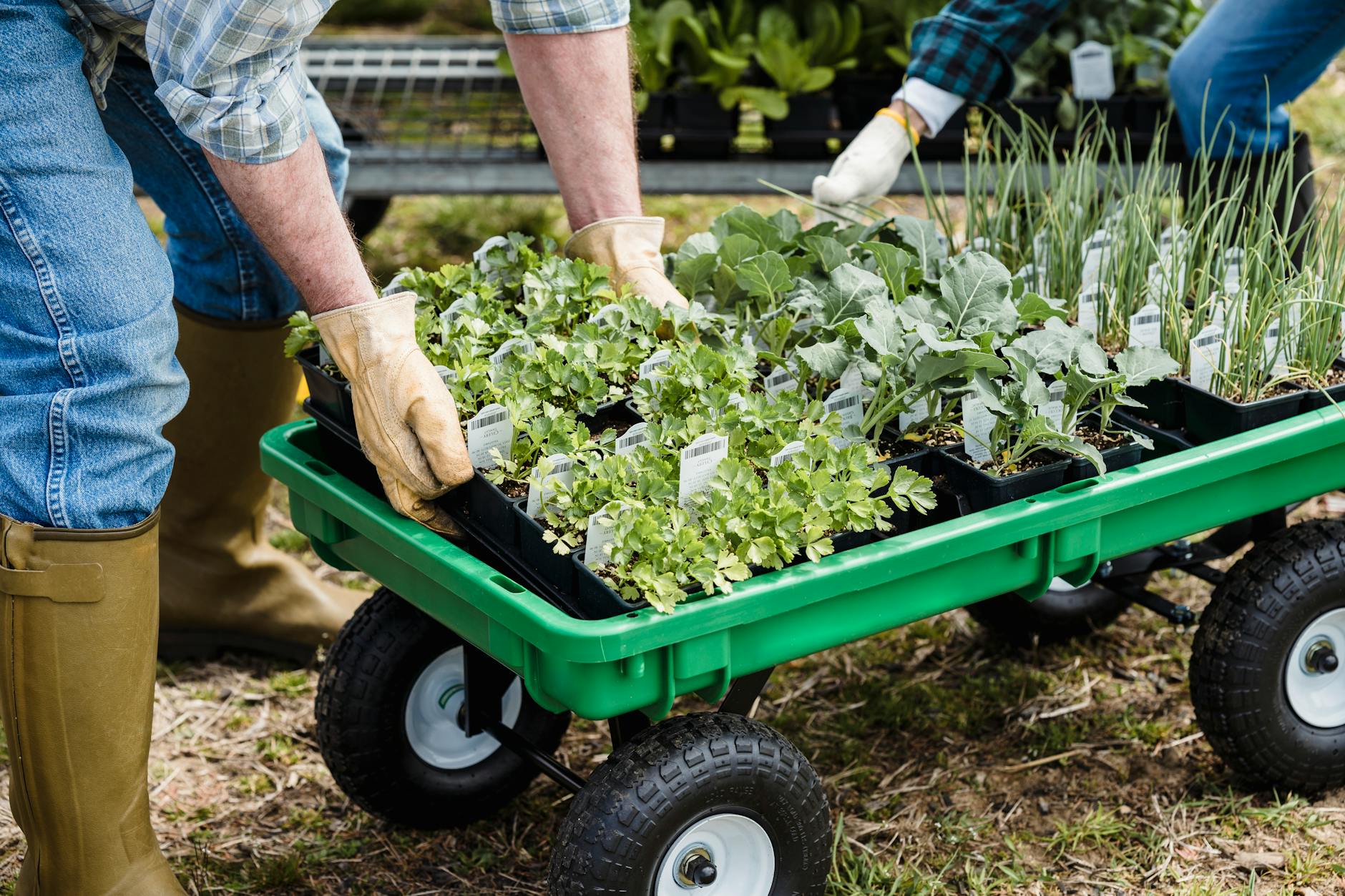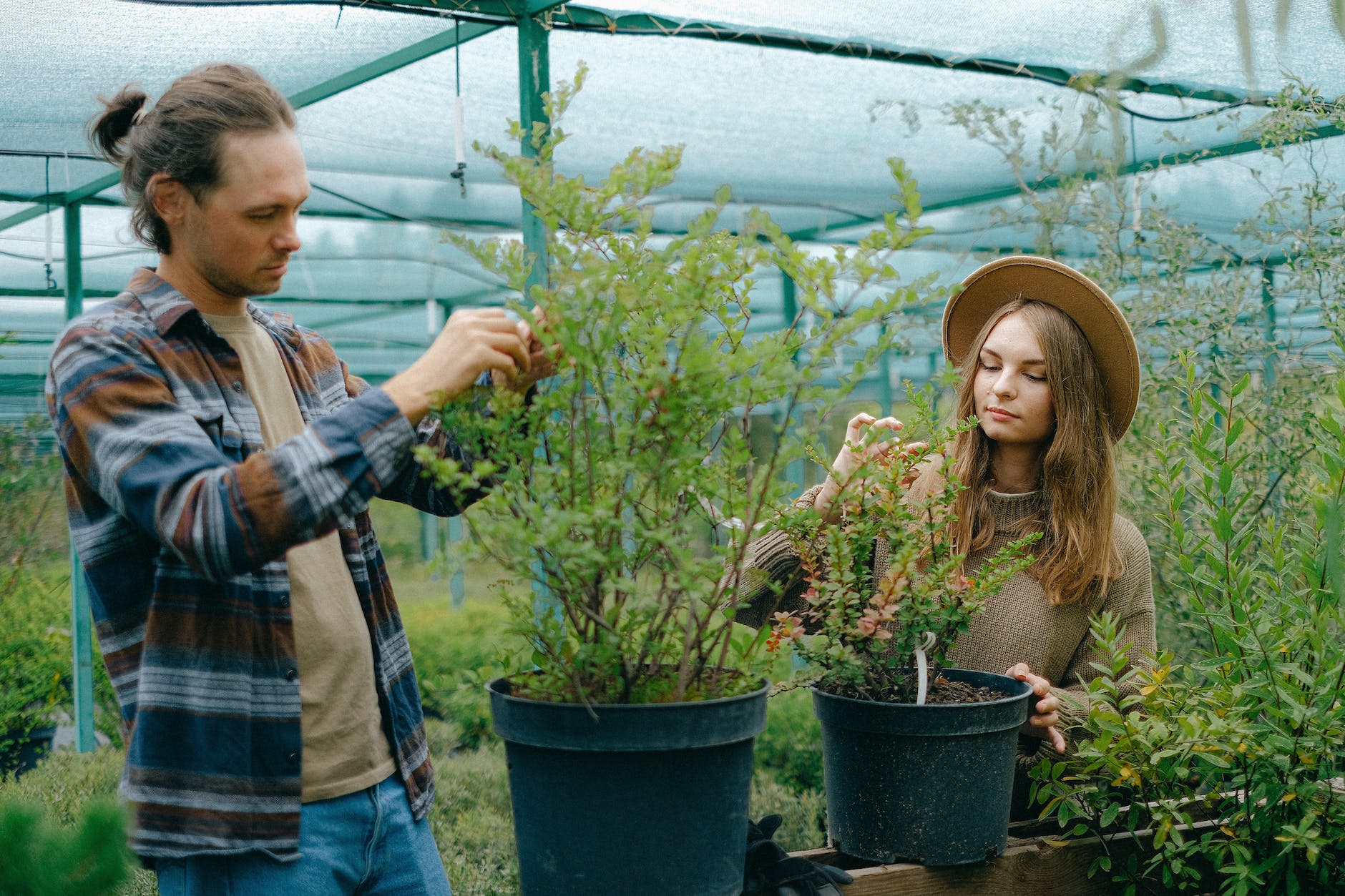In the recent past, the cultural and legal landscape around cannabis has undergone a significant shift, leading to increased interest in cultivating this unique plant at home. Whether you are considering growing cannabis for personal use or for commerce, understanding the fundamental techniques for successful propagation is essential. This article will walk you through the basics from soil preparation to harvesting, as well as provide a cursory look into some advanced techniques like hydroponics and indoor gardening. Let’s take a closer look at this exciting venture.
Before you even consider planting your seeds, it’s vital to understand the importance of proper soil preparation. Since cannabis thrives in well-draining soil with plenty of organic matter, investing time and resources into creating the perfect substrate is key. Important attributes to consider include texture, pH, and nutrient composition. The soil preparation process involves modification of these attributes to suit cannabis’ specific needs.
Next, consider your growing space. Cannabis cultivation may be conducted outdoors or indoors depending on your location, resources, and personal preferences. Outdoor cultivation often appeals to beginners due to its lower setup costs and the opportunity to utilize natural sunlight. However, indoor gardening provides more control over environmental factors such as light, temperature, and humidity, often leading to bigger and more potent yields.
Speaking of light, another significant decision involves choosing suitable lighting systems. If you opt for indoor cultivation, you’ll need access to artificial lighting. There are several types to choose from, including LEDs, HPS (High-Pressure Sodium), and CFLs (Compact Fluorescent Light bulbs), each with their advantages and disadvantages. Understanding your plant’s needs and aligning them with your budget and power supply will guide the decision-making process.
Along with these basics, a major part of growing cannabis involves learning and implementing effective nutrient management practices. Cannabis requires a range of nutrients at different stages of its growth, including Nitrogen, Phosphorus, and Potassium. Failing to provide a balanced diet for your green friend might lead to sub-standard growth and lower yields.
Now, onto a seemingly inevitable part of any gardening endeavor – pest control. Cannabis plants are prone to a variety of pests and diseases which if not addressed promptly, could mean the end of your gardening project. There are several integrated pest control methods you can employ, ranging from biological, chemical to cultural practices.
Upon attaining maturity, the exciting phase of harvesting comes up. It’s crucial to understand the signs of a ripe cannabis plant to know the right time to harvest. Early or late harvesting leads to subpar quality buds. Plus, proper techniques during the harvesting, drying and curing process will ensure you end up with a superior end product.
Lastly, we’ll touch on a notch higher method – hydroponics. Although it seems complex initially, hydroponic systems are straightforward to set up and manage once you understand the basics. They provide an alternative to soil-based systems by allowing plants to grow directly in nutrient-infused water. Hydroponics often result in robust plant growth and higher yield rates.
In conclusion, it’s evident that cannabis cultivation is a complex but rewarding exercise. It takes time, resources, and a lot of learning – but the end product is often well worth the effort. Whether you’re interested in outdoor cultivation or want to explore the innovative world of indoor gardening and hydroponics, the respect you give to every stage from soil preparation to harvesting and curing will be reflected in the quality of your cannabis. Good luck on your growing journey.

